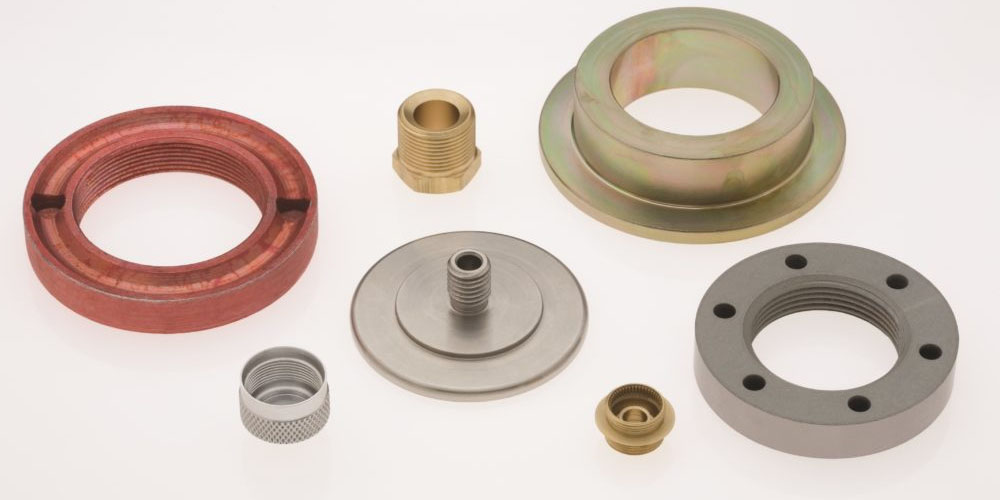There are various finishes for custom CNC machined parts in the market. The different finishings are usually per a customer’s requirement. Creating an excellent finishing is usually the last step in the machining service. Some finishings are usually for functional requirements, while others are for aesthetic needs. If you are looking forward to using the CNC machining service, below are some excellent finishes to consider.
1. Anodizing custom CNC machined parts
Anodizing finishings involve procedures that thicken a part’s oxide layer. Its primary aim is to make a durable, electrically non-conductive, denser, and thicker part. Some of the materials best used for anodizing include titanium alloys or aluminum. It is because those materials conduct electricity easily. Furthermore, anodized parts are usually corrosion-resistant. The best thing about anodizing is that you can choose whichever color you want. Some of the most common are; blue, red, black, or clear. Also, anodizing exist as either type II or III. Type III is thicker than type II. But both guarantee corrosion resistance.
2. AS-custom CNC machined parts
AS-machined finishings are the common finishing after completing the CNC machining process. The custom machined part will have blemishes and tiny tool marks. The custom parts produced with AS-finishings are usually very affordable. It is because no extra processes are required to change the part’s finishings. Furthermore, the lack of post-possessing procedures ensures that one saves some money. The AS-machined finishing is excellent for those parts whose goal is not aesthetic but part integrity. Compared to anodizing, As-machined finishes do not offer any additional protection. They lack the necessary coating that protects parts against corrosion or wear.
3. Bead blasting
The bead blasting process ensures that one’s custom CNC machined parts have a satin or matte finish. The parts usually do not have any imperfections or markings. It is because an air gun sprays many glass beads at the part. The glass beads ensure that the part has a uniform grainy finish. Compared to anodizing, bead blasting does not add any mechanical properties or chemicals to a part. The main goal of bead blasting is to ensure efficient visuals.
Furthermore, one can describe bead blasting as a reductive procedure. It is because the blasting process involves removing some materials from the product. Therefore, if you want a part with tight or strict tolerance, consider whether you want any material removed from the part. One of the best merits of bead blasting is that it is very affordable.
4. Powder coating the custom CNC machined parts
Powder coating involves procedures requiring manufacturers to spray-paint a part using a powder. After the spray painting, the part is then oven-baked. The process ensures that the part is durable, corrosion-resistant, strong, and wear-resistant. Compared to standard painting, powder coating is a better part protective method. Additionally, you can choose to go for the aesthetic element of coating and choose the desired color. You can also opt to combine powder coating and bead blasting. The resulting part will have a uniform appearance and texture. It will also have increased corrosion resistance.
Conclusion
Surface finishings on custom CNC machined parts depend on a customer’s specifications. Some, such as bead blasting, are more affordable than others. At the same time, others ensure the durability of the part. The above are some of the most common parts finishes available.

